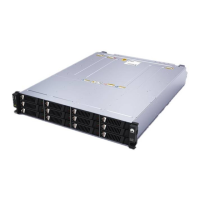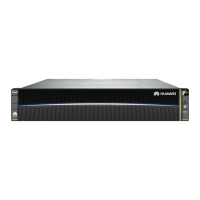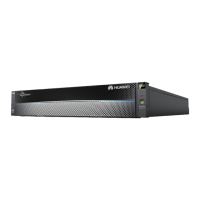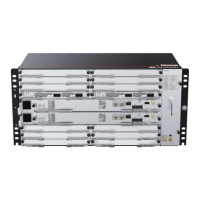N2000H V3 Appliance
User Guide
Huawei Proprietary and Confidential
Copyright © Huawei Technologies Co., Ltd.
improvements over the aforementioned bus standards, including higher
maximum system bus throughput, lower I/O pin count and smaller physical
footprint, better performance-scaling for bus devices, a more detailed error
detection and reporting mechanism (Advanced Error Reporting), and native
hot-plug functionality. More recent revisions of the PCIe standard support
hardware I/O virtualization.
Redundant array of independent disks (RAID) is a storage technology that
combines multiple hard disks into a logical unit in several ways called
"RAID levels", providing high storage and redundancy performance.
In a running system, insertion or removal of a blade or component does not
affect normal running of the system.
The ability of a system to keep functioning normally in the event of a device
failure by having a backup device automatically replace the faulty one.
System event log. A non-volatile storage area and associated interfaces for
storing system platform events for later retrieval.
A unit defined in International Electrotechnical Commission (IEC) 60297-1
to measure the height of a cabinet, chassis, or subrack. 1 U = 44.45 mm =
1.75 in.
A baseband local area network (LAN) architecture developed by Xerox
Corporation in cooperation with DEC and Intel. Ethernet uses Carrier Sense
Multiple Access/Collision Detection (CSMA/CD) and supports The data
transfer rate of 10 Mbit/s on multiple cables. The Ethernet specification is
the basis for the IEEE 802.3 standard.

